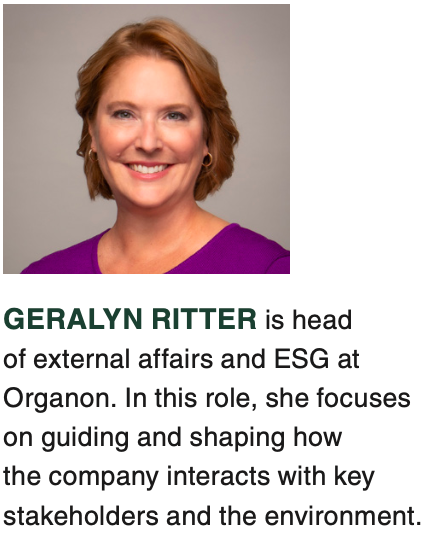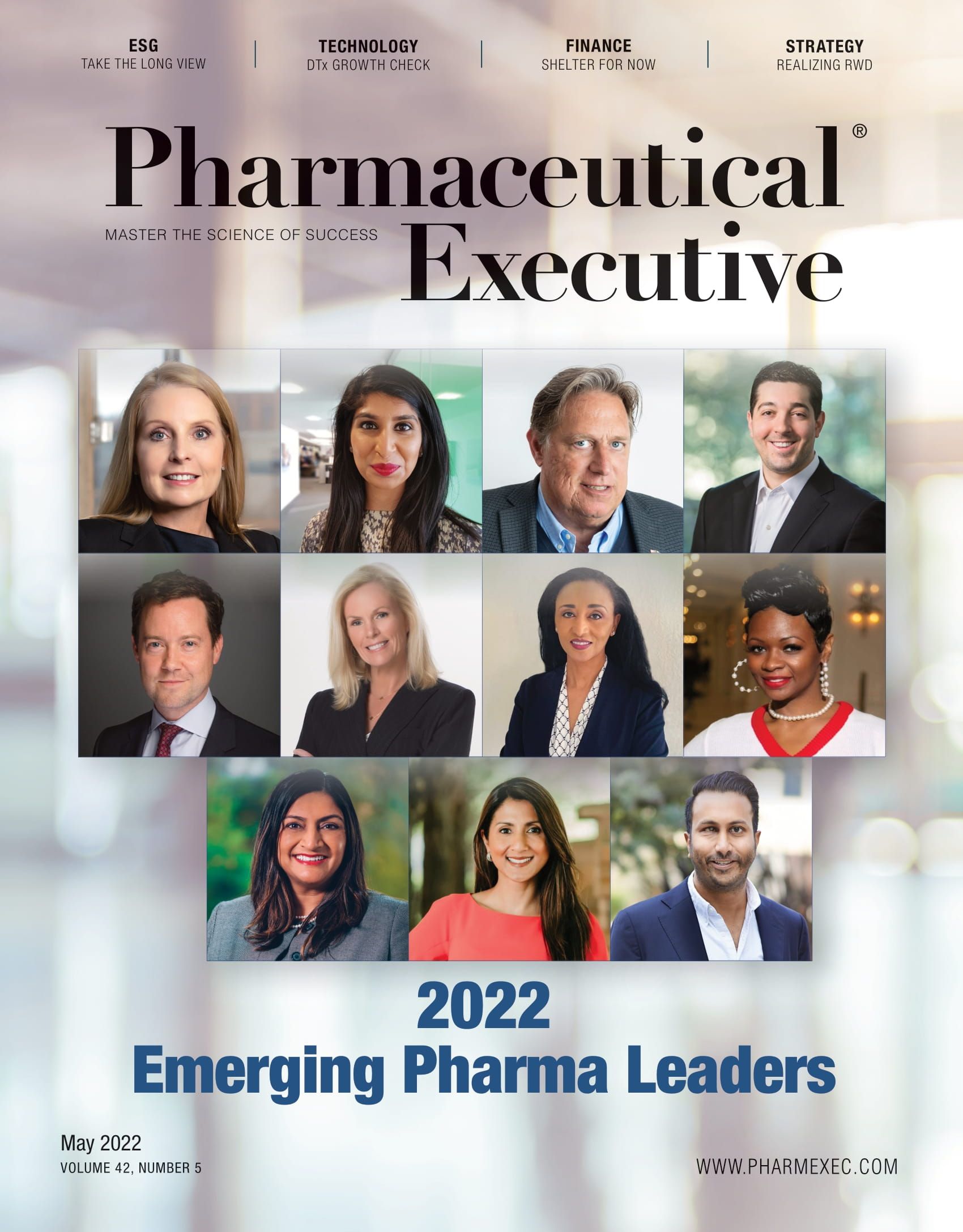Why You Don’t Need a Dedicated ESG Strategy
Instead, incorporate ESG into your long-term business planning.

A recent survey of over 500 corporate executives found that more than half have little-to-no confidence in their environmental, social, and governance (ESG) programs, and less than half believe ESG affects financial outcomes. So why are ESG funds one of the fastest growing asset classes, and why do more than 90% of S&P 500 companies spend substantial resources producing annual ESG reports? Does it mean ESG as a discipline is simply underdeveloped and lacking in credibility? Or is ESG just the corporate governance “fashion” of the decade?
One significant issue is that ESG, as it is typically understood, lacks broadly recognized standards in reporting and materiality. What’s more, most companies’ business strategy planning and enterprise risk management (ERM) processes rarely take into account the fiscal impact of ESG prioritization—as these risks and opportunities are often long-term and difficult to quantify.
However, having separate ESG and business strategies gives rise to exactly the concerns we regularly hear from stakeholders—complaints about green-washing, pink-washing, blue-washing, and every other color used to dress up weak corporate commitments as meaningful action to address ESG issues. On top of that, some ESG programs have roots in more traditional philanthropy and contribute to the conflation of ESG and corporate social responsibility (CSR), reducing the impact of ESG by siloing these efforts from what’s considered the core business.
Too often, companies expound that most grating cliché by claiming that ESG is “part of their DNA.” It is rarely true—most ESG programs have evolved incrementally over time and usually in response to demands from regulators, investors, or customers. Therefore, for executives and ESG professionals, I suggest a thought experiment: What if your ESG strategy and marquee programs disappeared tomorrow? What would happen to business results over the short, medium, and long-term? The answer depends in part on what is considered part of an ESG strategy vs. part of a long-term business strategy. Ideally, these are nearly indistinguishable.
Take, for example, employee well-being and engagement. Most large companies have well-established human resources departments and recognize the importance of attracting, engaging, and retaining talent, including diverse talent. A company’s success in managing its human capital is perhaps the most obvious example of a key ESG driver that directly supports successful business results—and showcases smart long-term business strategy.
In other areas, it is easier said than done. Most analysts that call into quarterly earnings are more focused on short-term, easily measurable, financial results. The attention of senior management follows accordingly, with an overriding focus on the top and bottom lines; however, especially for highly regulated companies, those with long product development timelines, and those with socially or environmentally conscious customers, there simply cannot be any distinction between an ESG strategy and financial growth strategy.
My own company, Organon & Co., spun off from Merck & Co., Inc., in Rahway, N.J. (known as MSD outside of the US and Canada), in June 2021. Besides the exciting opportunity to articulate the vision, purpose, and cultural values of a new company, we had the unique opportunity to truly integrate ESG into our core business strategy from the very beginning. We have already begun to embed key elements of our long-term ESG approach into our leadership structure and corporate objectives and incentives, as part of building our company and a sustainable business.
For example, we did not have to wait for board retirements to arise to create a diverse board of directors. Our independent chairman, Carrie Cox, and CEO Kevin Ali led the effort to recruit the highest quality candidates, who brought the skills and experience required to oversee a new global company. The result was a board of experts with global experience in a variety of sectors and disciplines, including financial, medical, public health, and healthcare delivery. We also have a racially diverse board, and nine of our 13 board seats are held by women—the highest of any healthcare company in the S&P 500.
Building a sustainable, resilient business is not about meeting an external ESG framework or simply building a brand (although those things can be helpful). The most important step is to ensure that long-term strategic planning happens in a robust manner that is true to the company’s purpose and vision. A strong ESG program, tailored to the company’s long-term risks and opportunities, is the natural result.
Geralyn Ritter is head of external affairs and ESG at Organon. In this role, she focuses on guiding and shaping how the company interacts with key stakeholders and the environment.

MDMA Therapy for Mental Health Conditions: Do the Benefits Outweigh the Risks?
October 25th 2024Despite a recent FDA Complete Response Letter issued to Lykos for midomafetamine capsules for the treatment of post-traumatic stress disorder, experts believe that the future is bright for psychedelic drugs that treat mental health conditions.
Securities Litigation Arising from Alzheimer's Drug Treatments
September 25th 2024The legal challenges surrounding Biogen’s Aduhelm and Cassava Sciences’ simufilam underscore the ongoing difficulties in Alzheimer's drug development, leading to securities litigation over allegedly misleading statements about trial results and commercialization efforts.